Life in the Entropics / Solo Exhibition
Io Makandal | Life in the Entropics
Solo Exhibition at Kalashnikovv Gallery, Johannesburg.
06.07.19 – 07.08.19
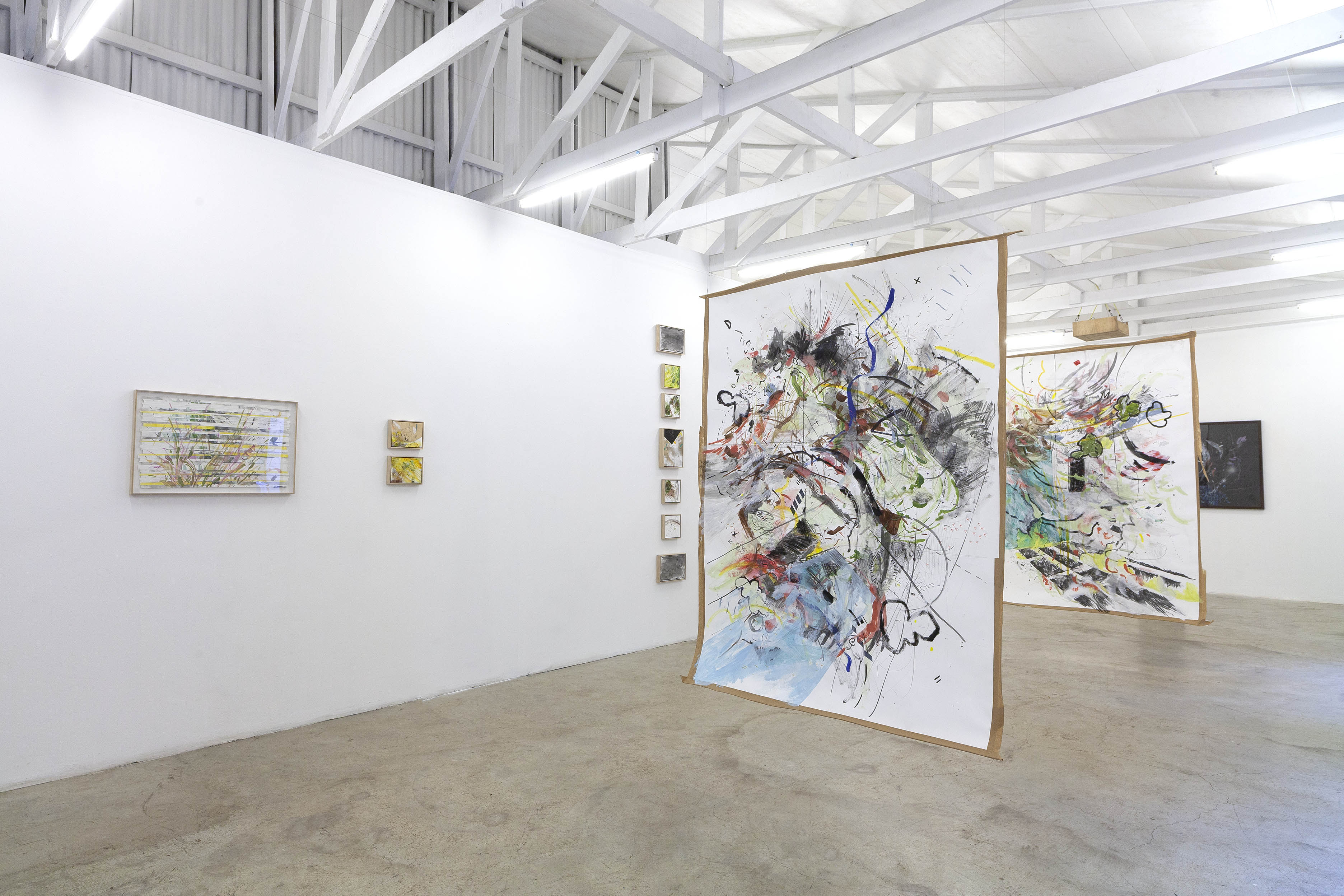 Life in the Entropics, solo exhibition, installation view. 2019
Life in the Entropics, solo exhibition, installation view. 2019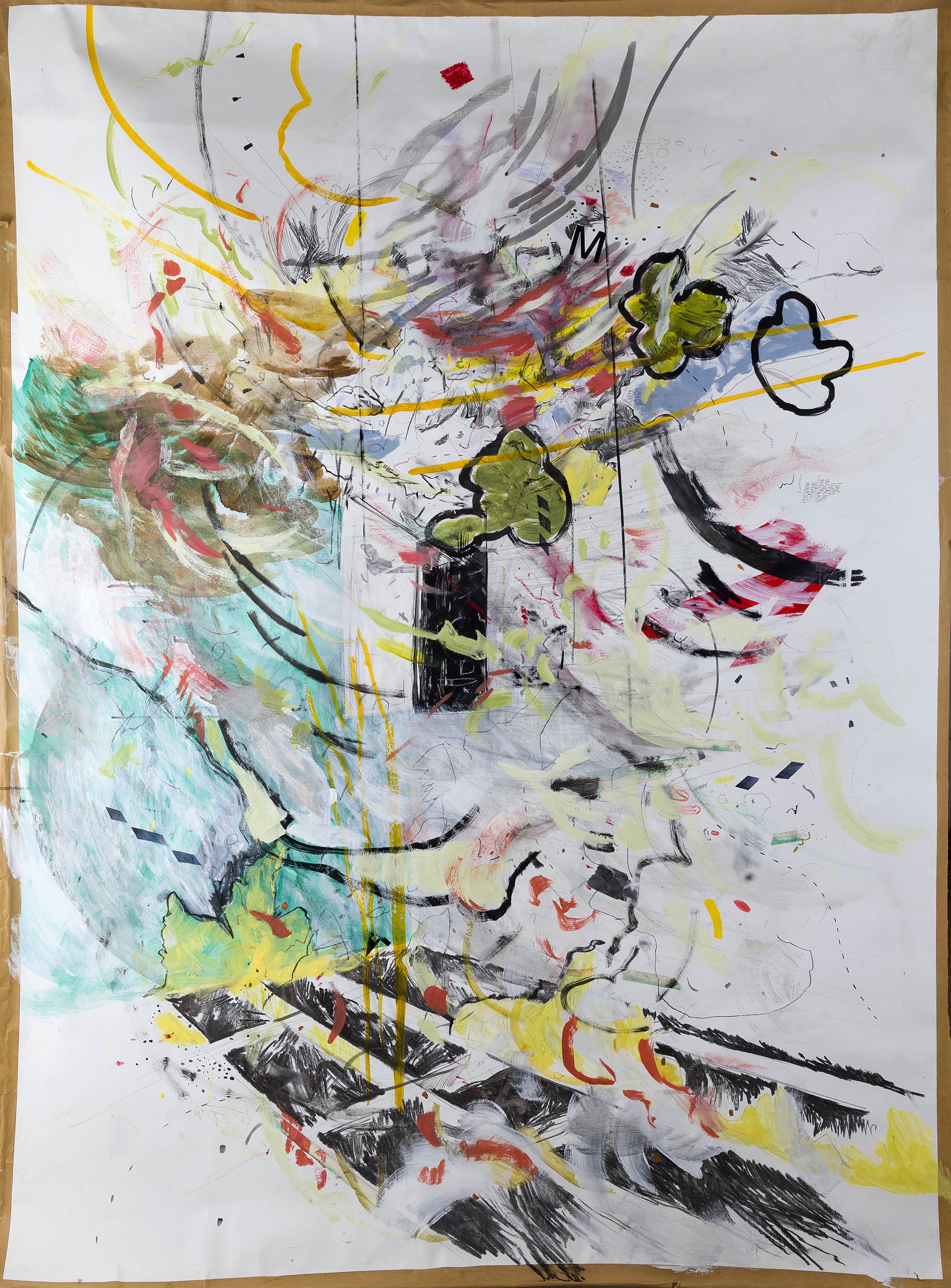 Placing space II, 2019, Mixed media on Fabriano, 2000 x 1560mm
Placing space II, 2019, Mixed media on Fabriano, 2000 x 1560mm
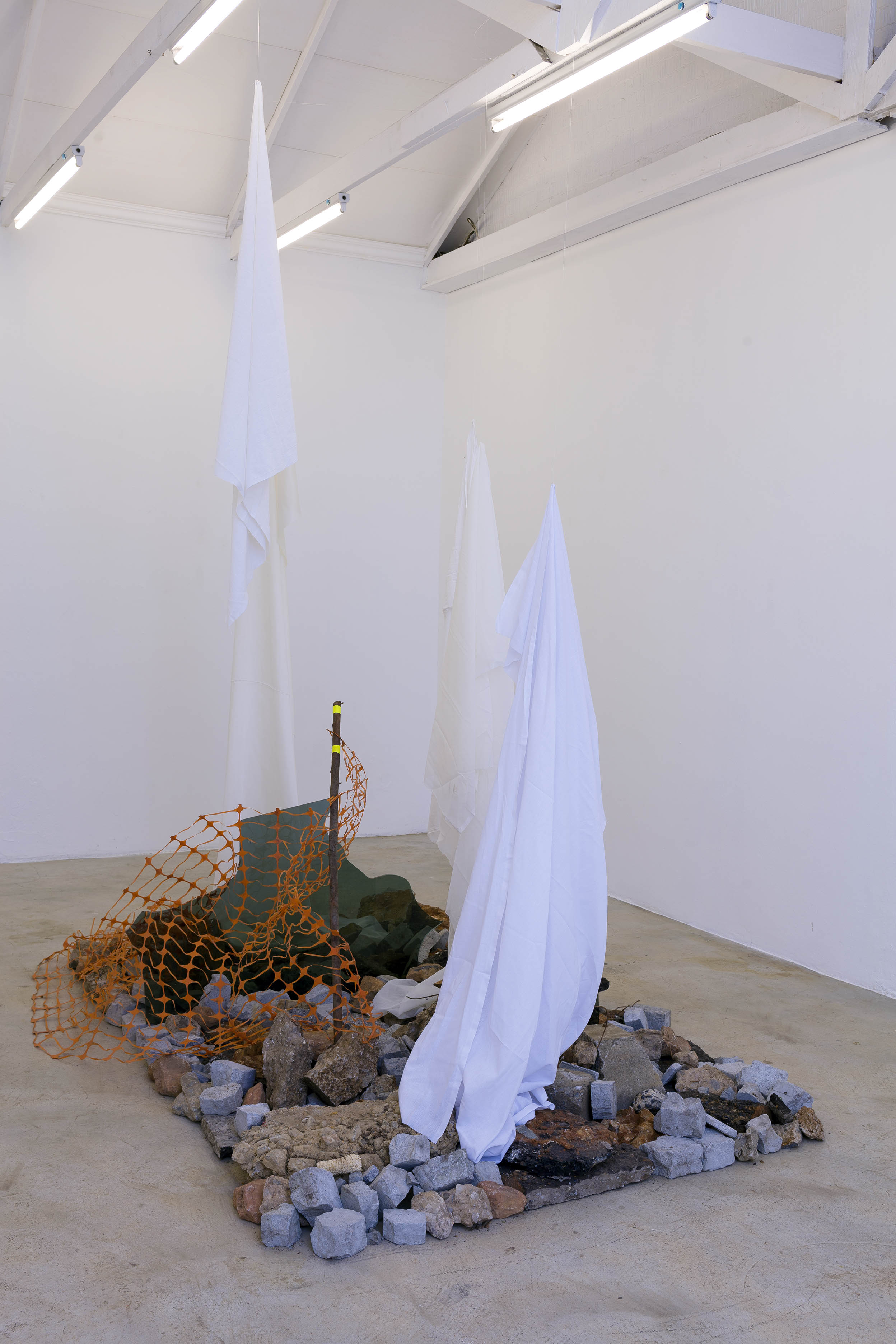
Life in the Entropics,2019, concrete, stone, tar, wood, plastic, metal wire, toughened glass, cotton fabric, snails, plants, mielie cob, installation view, diamensions variable
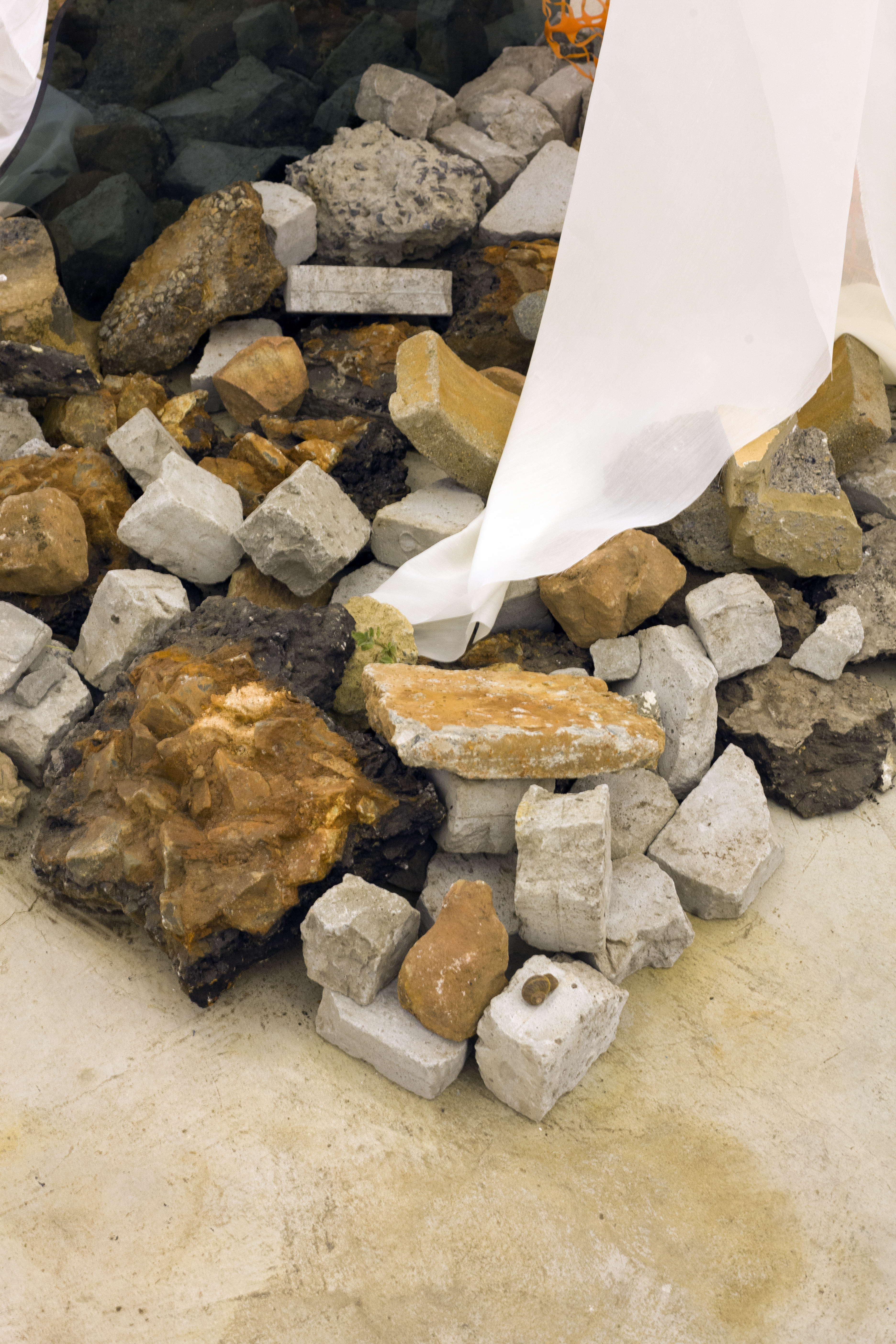
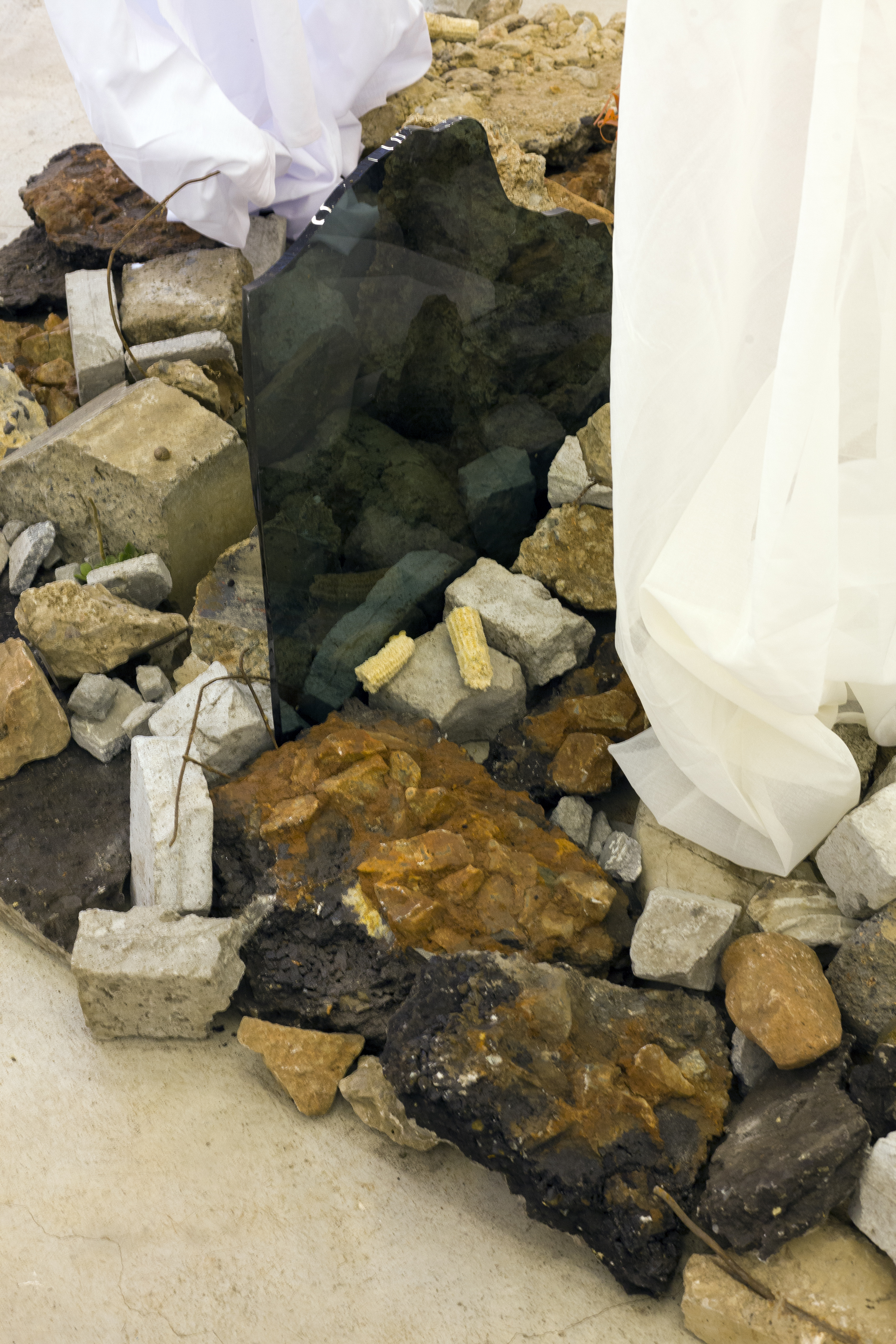
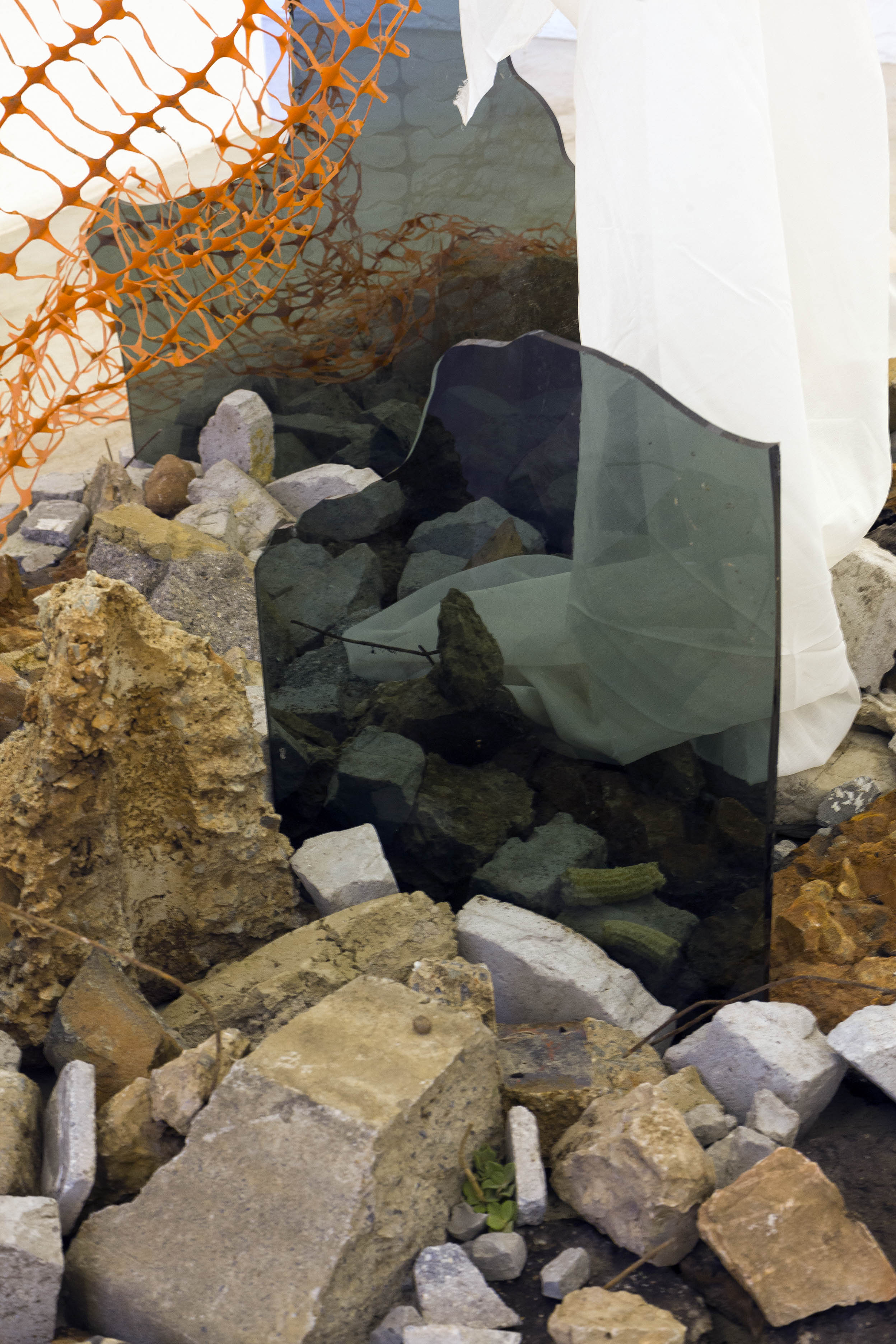
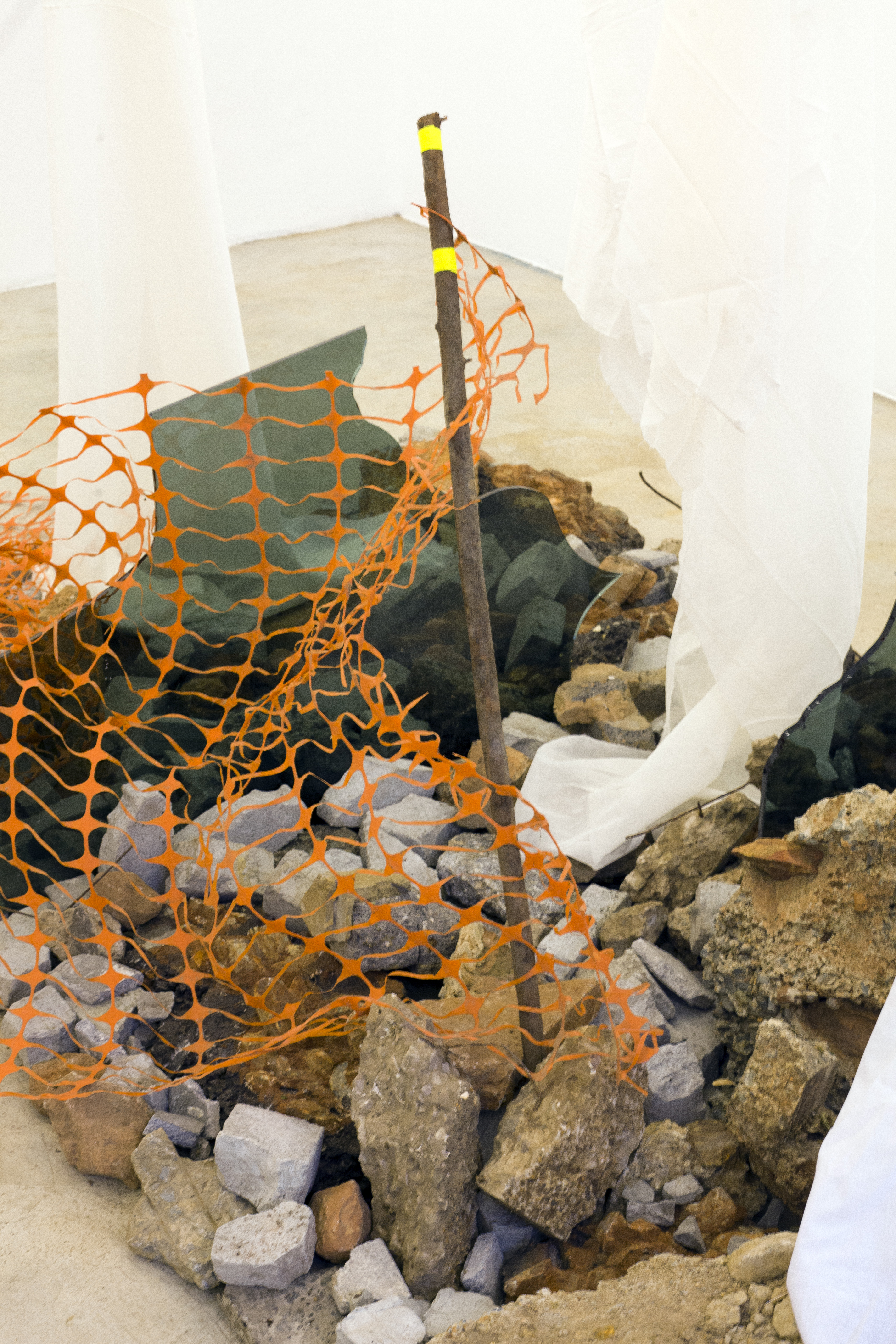
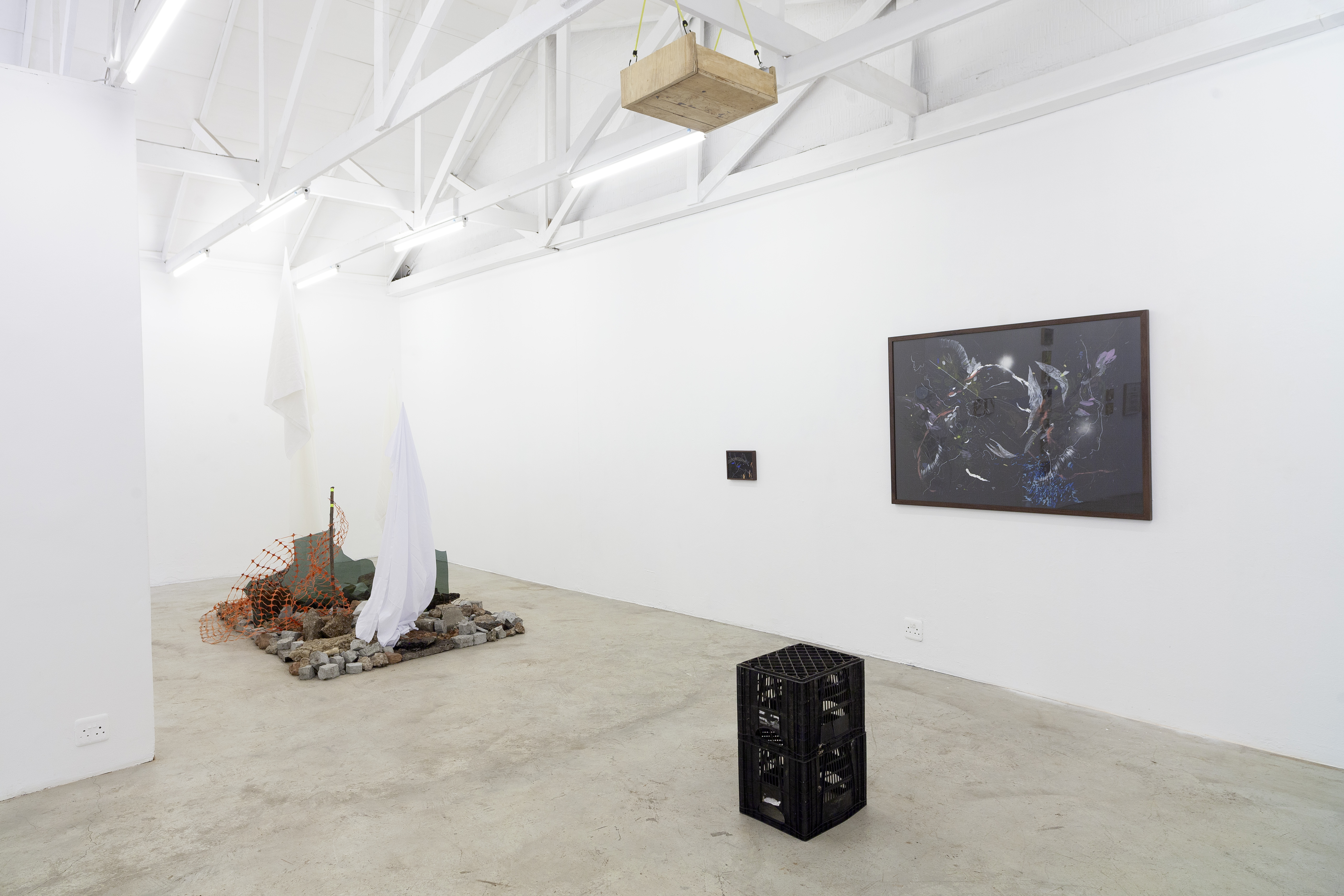
Life in the Entropics, solo exhibition, installation view. Kalashnikovv Gallery / 2019
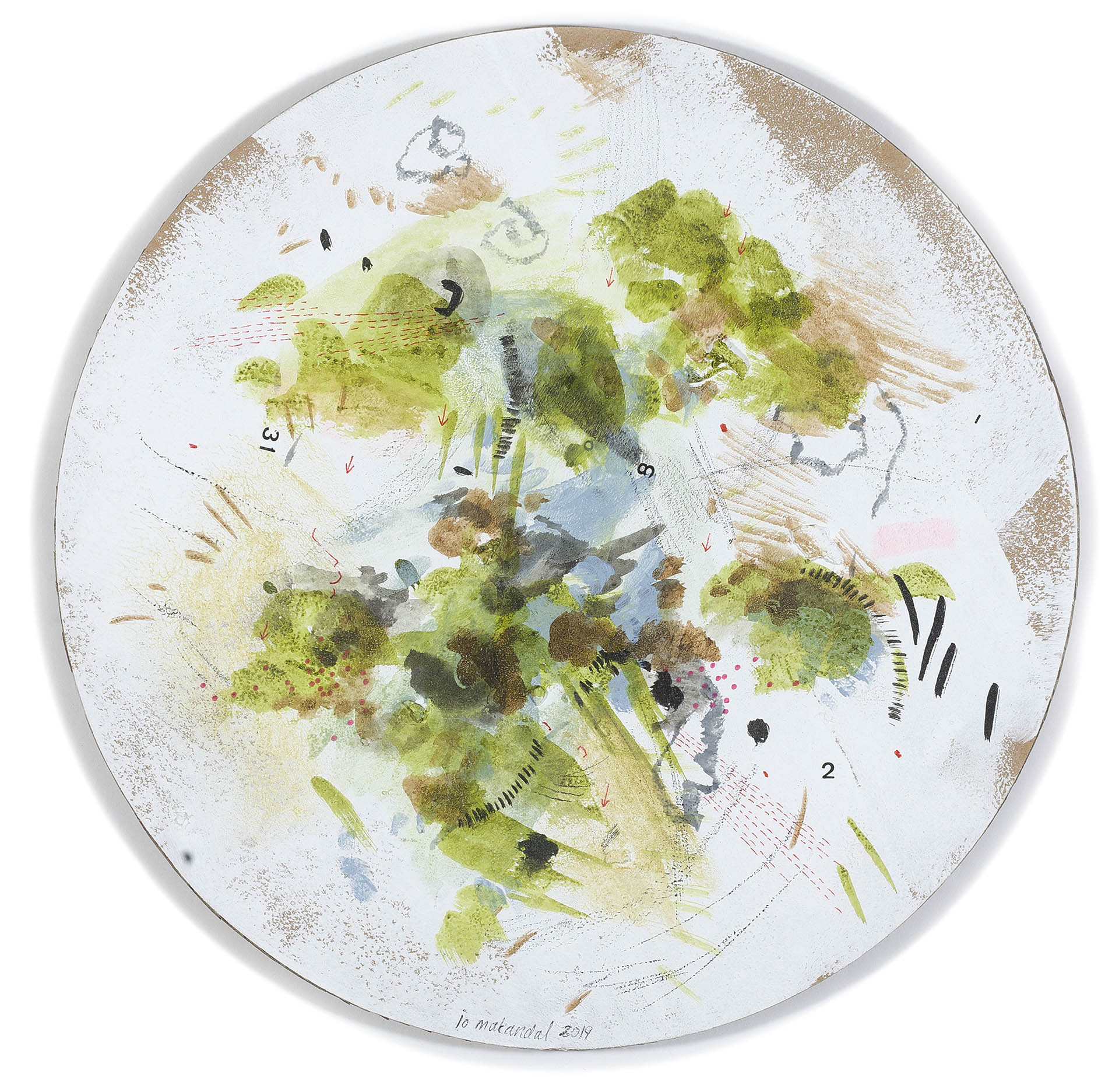

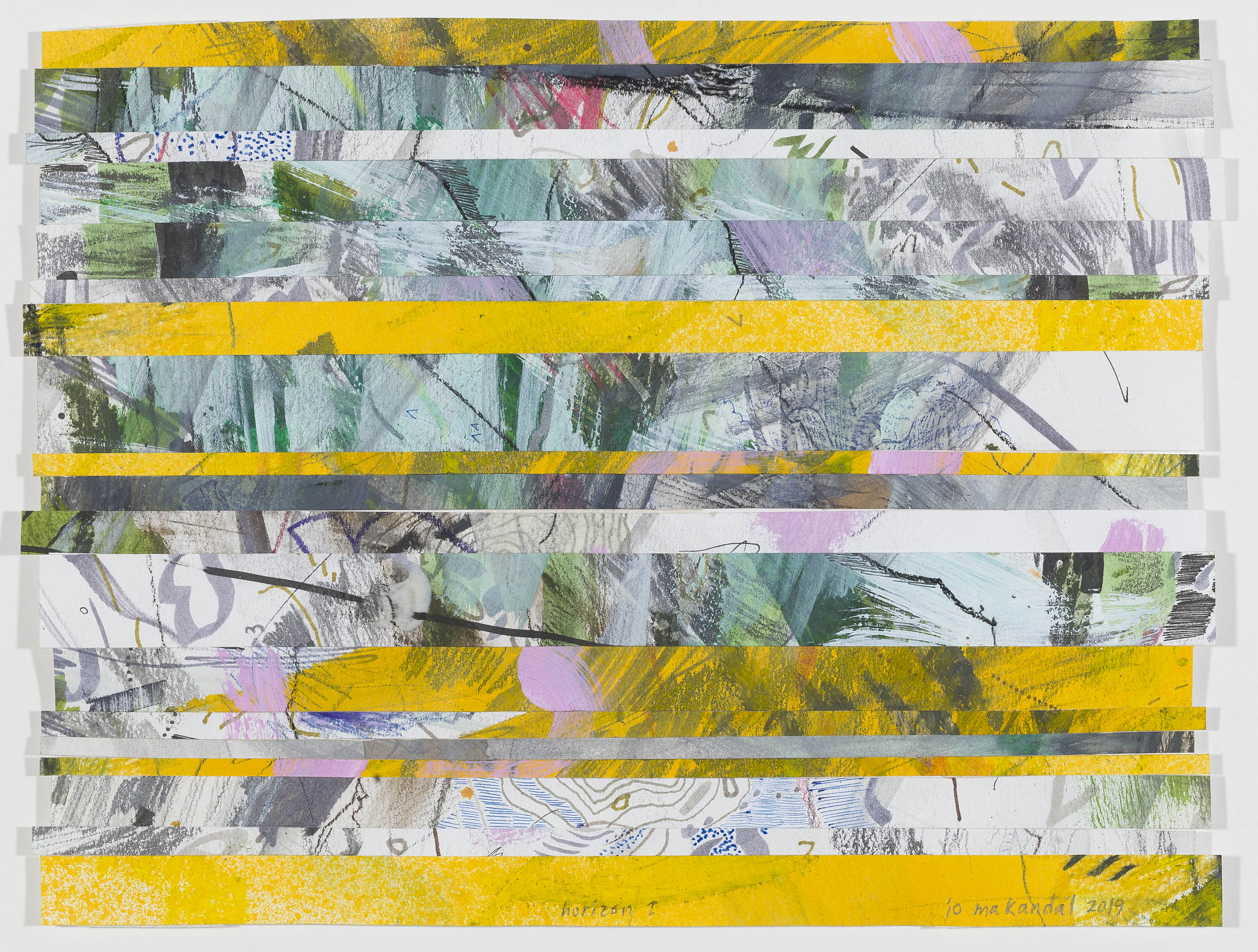
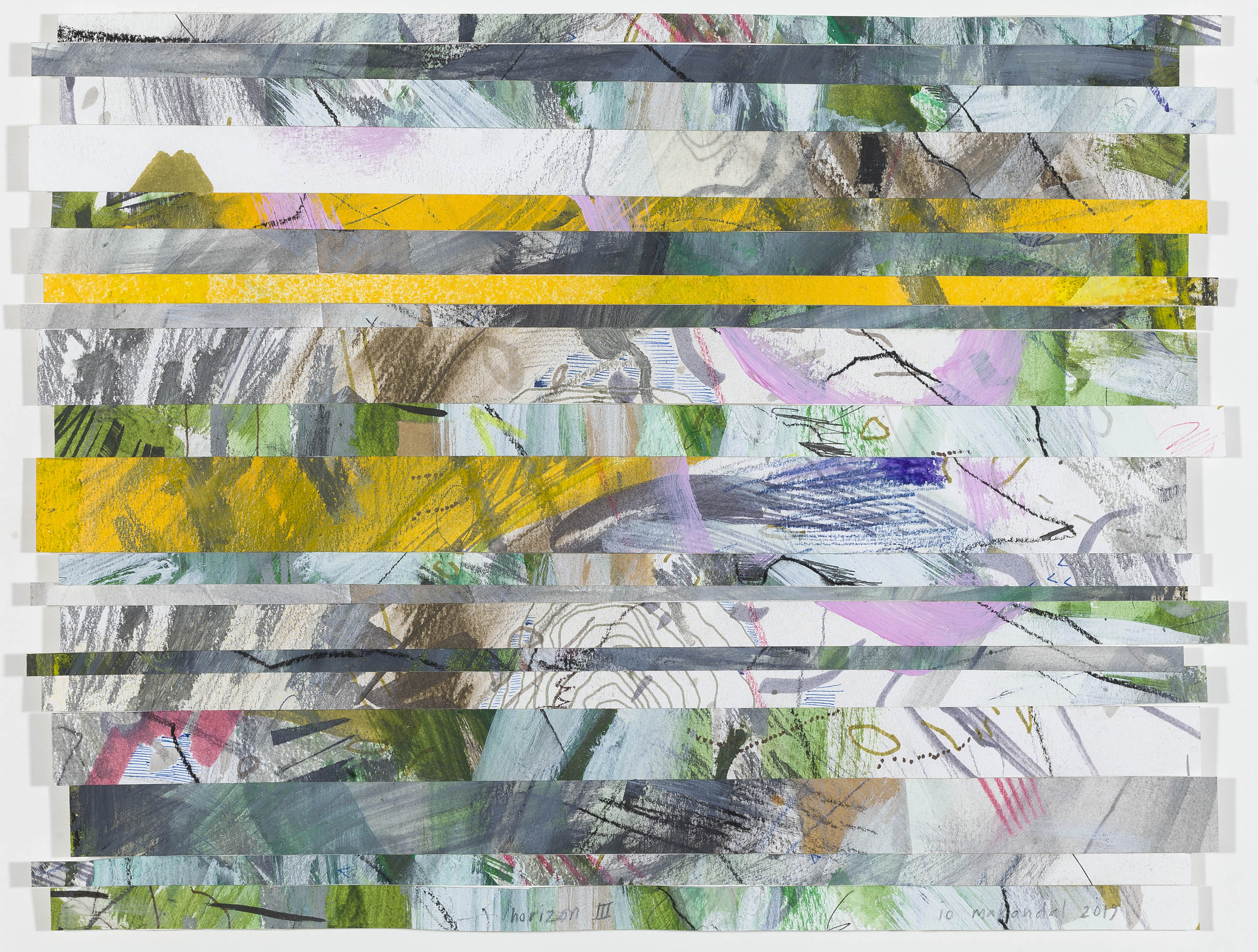
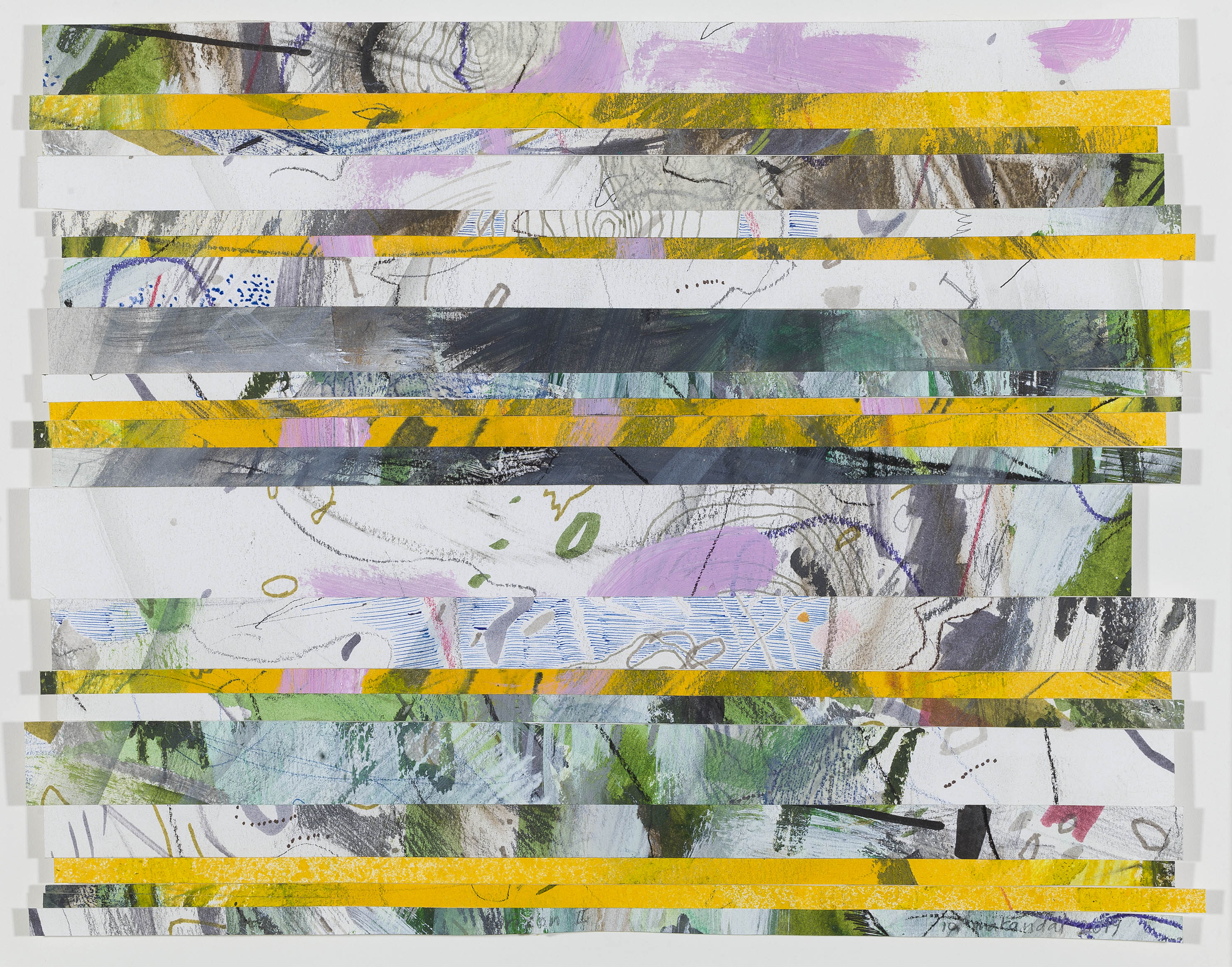

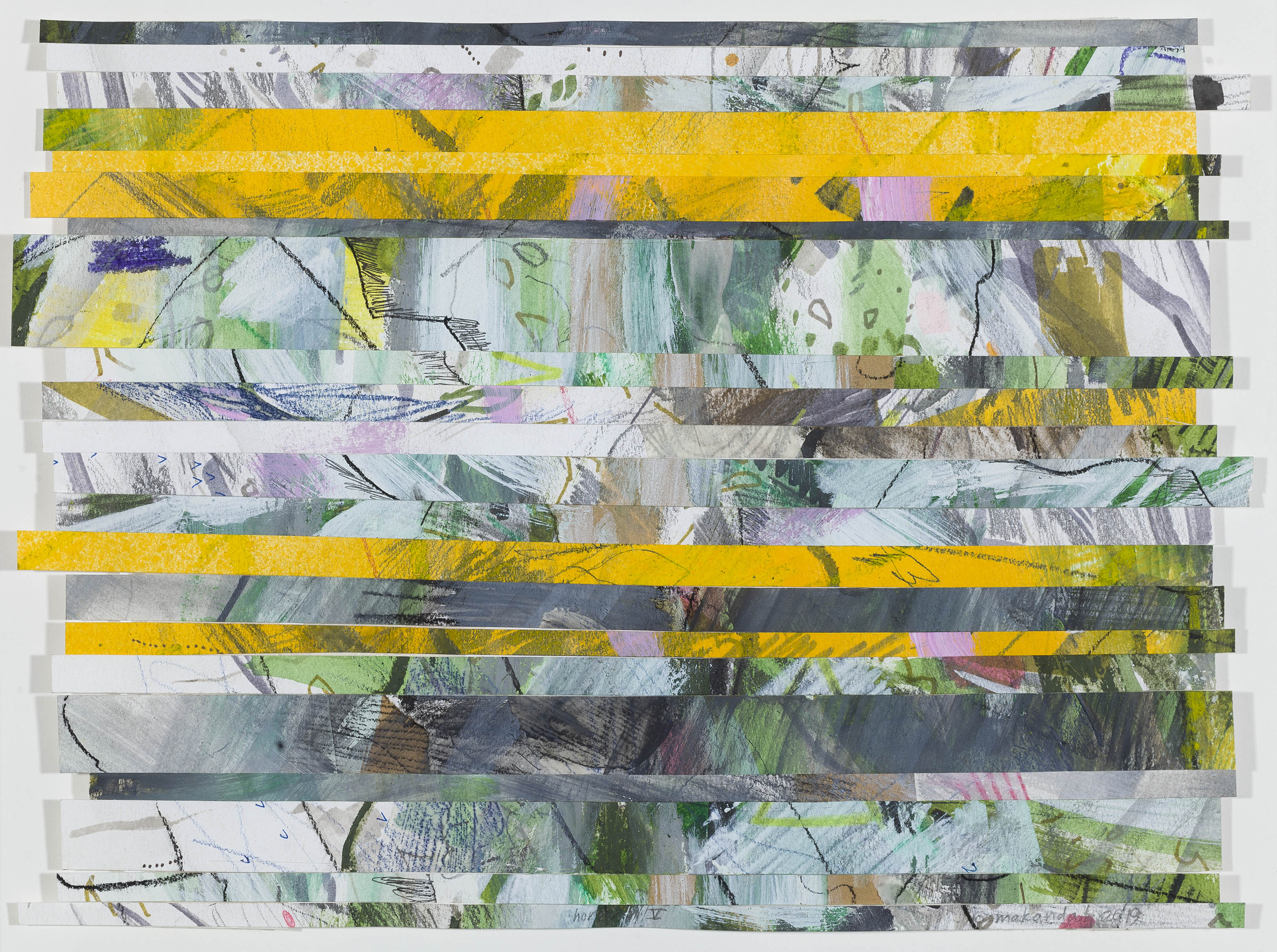
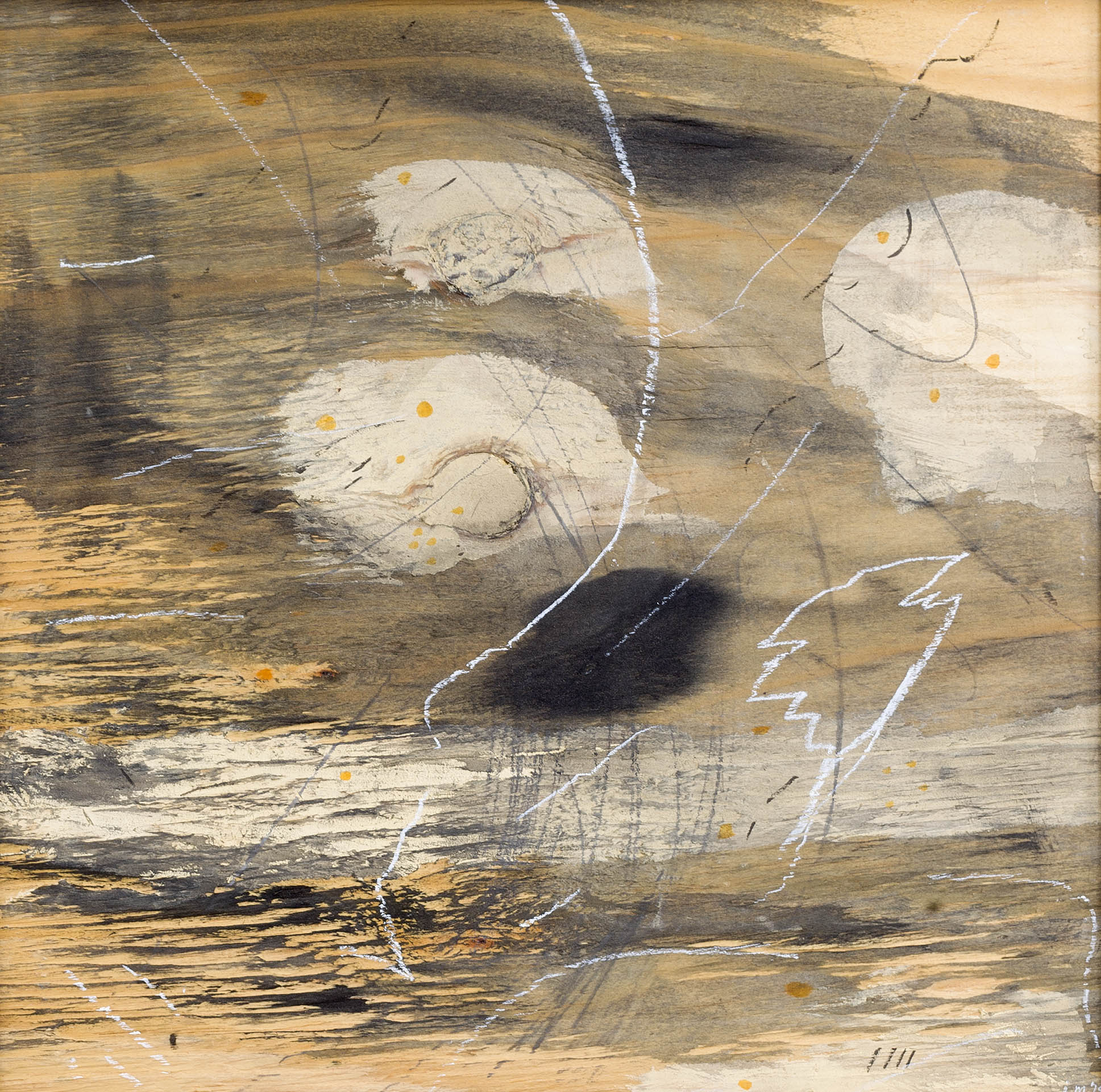

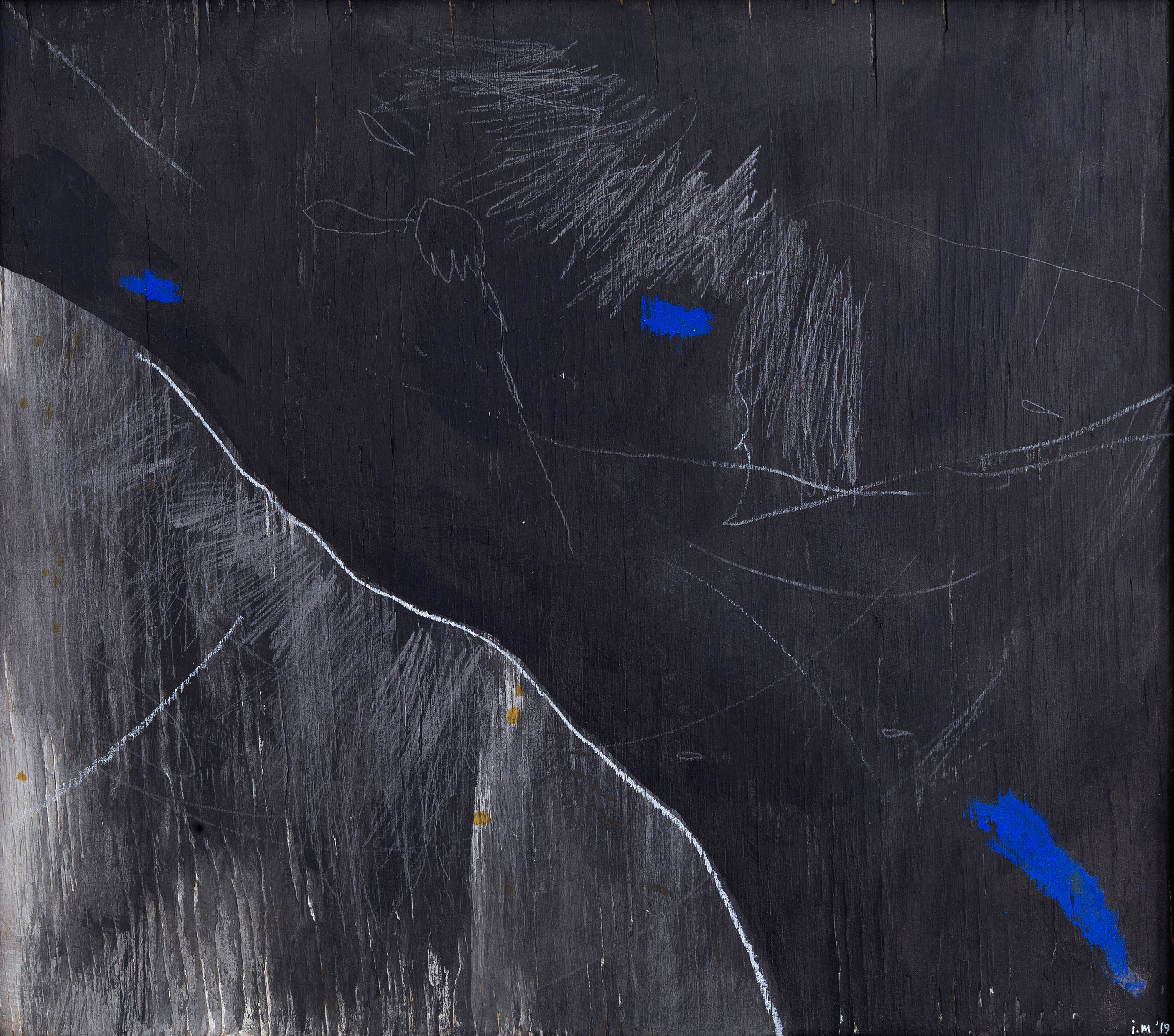

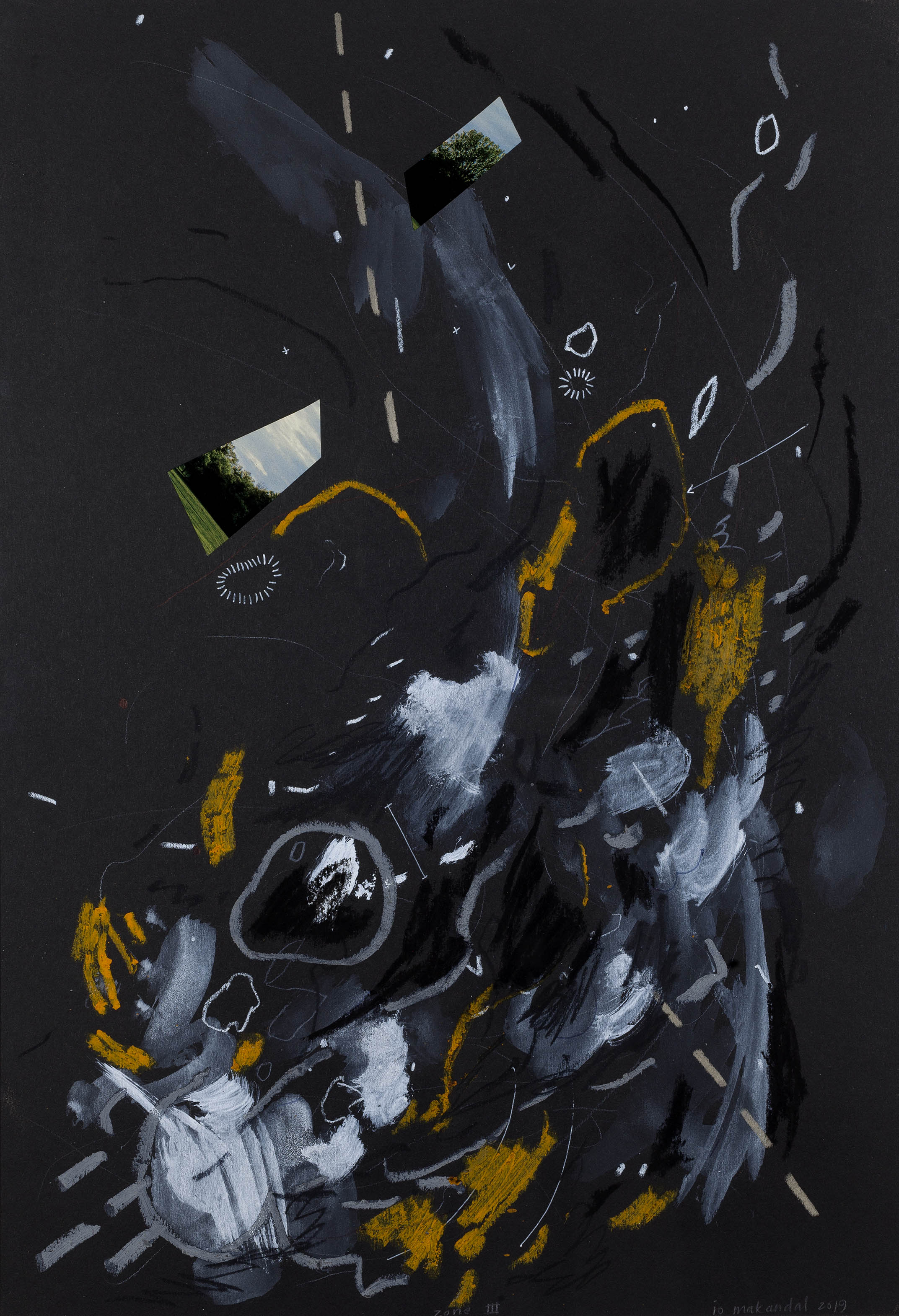
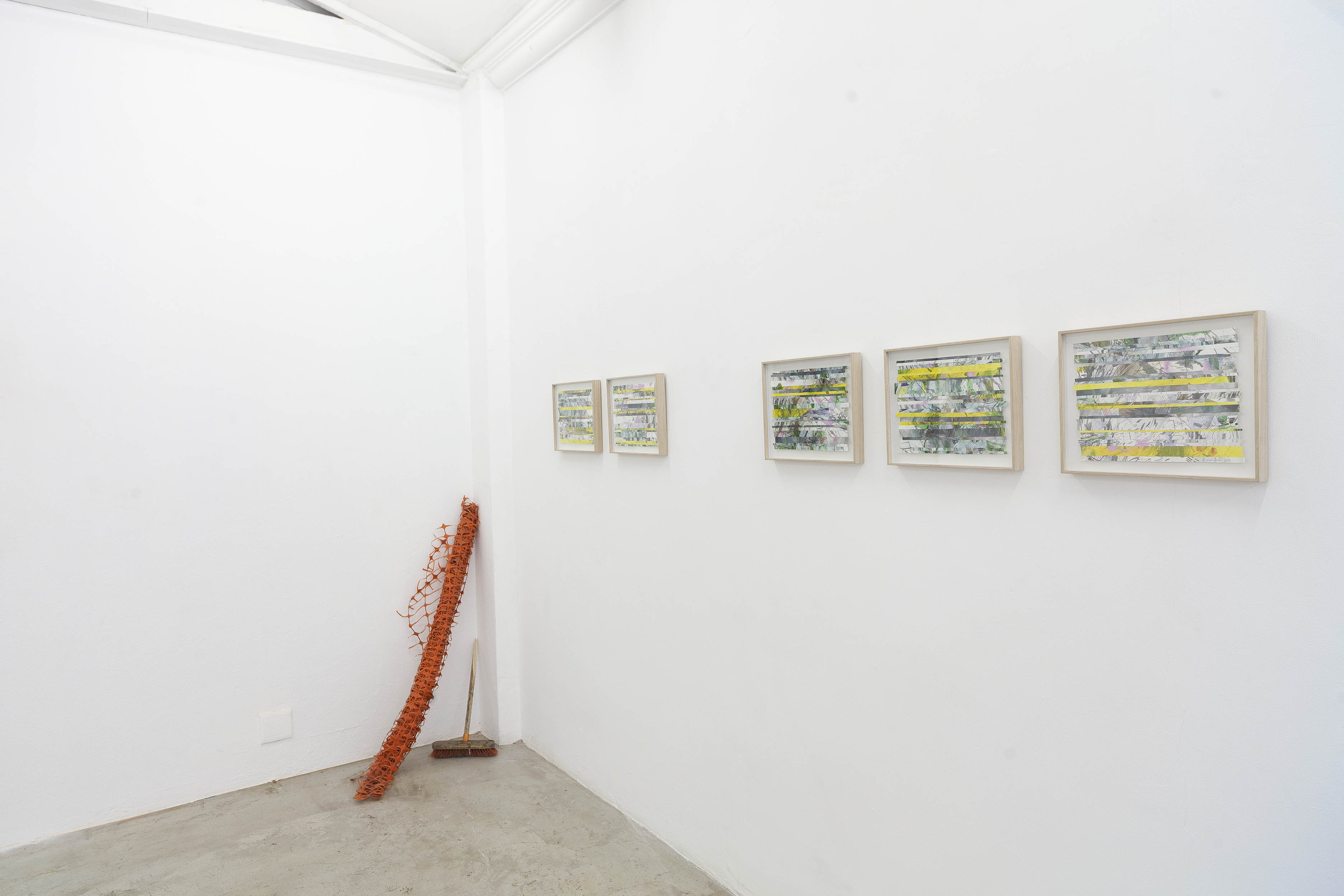
Life in the Entropics, solo exhibition, installation view. 2019
Exhibition Text by Natasha Norman
Life in the Entropics is Io Makandal’s second solo exhibition with Kalashnikovv Gallery. It marks a conscious embodiment of Gilles Clément’s (2004) notion of the Third Landscape, those spaces neglected by human development that exist as ecological and genetic reservoirs in the environment. By inhabiting the material potential of liminal urban space as ‘actant,’ in terms of New Materialist theory, Makandal introduces us to the inherent vibrancy of matter itself.
Makandal’s artistic practice is premised on the action to draw attention to space. Her particular field of exploration is partly mythical and partly an augmented reading of an existing subcutaneous urban reality. Detritus from the street, plant matter, commodity objects or industrial matter jostle together in her tactile drawings that combine the experience of materials with an experience of space. The works employ Nathanial Stern’s (2018) assertions that matter ought to be recognised for the way it thinks, perceives and moves; what historian Nicole Ridgway (2017) terms an ‘event’ of thought. In the realm of artistic knowledge, thinking is done through materials (matter) and foregrounds the artwork as a site from which thought may proceed (Stern 2018).
As such, Stern’s assertion that, “The question is not, what does this artwork mean? It is rather, what does this artwork do?” is particularly relevant in an experience of Makandal’s Entropics. If we consider her forms as characters or swarms in the way that abstract artist, Julie Mehretu, terms her visual components, we begin to see how these marks, read as social agents or individuals, actually create space in the exhibition. Rather than perceiving Makandal’s entropy as a regressive movement, the flow of marks, materials and forms is positioned to enable a different kind of understanding.
In the 21st century we have become better acquainted with occupying the space of uncertainty. While the human animal in us bulks at surrendering to the unknown, we have discovered that there are many unknown territories outside the failing Modernist classificatory systems for us to inhabit. Contemporary concerns with new approaches in this age of the Anthropocene draw attention to the vast interconnected nature of ecology and politics, the advent of rhizomatic thinking and categories based on thoughts in constellations not in lineage. “Think about it as evolution, not something cataclysmic,” Makandal says.
The groundwork for these ideas in Makandal’s practice find form in works such as Open Ceiling, Roadside I&II and Detritis I. These explorations of the moments on the verge of delineated spaces offer a visual language that finds further articulation in the rest of the works. Larger drawings such as Placing Space I & II extend this vocabulary into a more comprehensive inhabitation of the alternative entropic order. The Horizon series charts a visual evolution where layered fragments hybridize Makandal’s visual dialect and offer suppositions of a new condition.
Life in the Entropics draws us through the residue of human activity into an experience of the way that activity produces space. To think through the exhibition is to find thought residing in matter and action where entropy is not the dark side of a binary with order but, ironically, the by-product of progress. To inhabit entropy as a space of material potential proposes a system in parallel to dominating modes of thinking.
References:
Lawrence Chua, 2005. “Interview with Julie Mehretu” in Bomb (91) Spring 2005.
Gilles Clément, 2004. Manifesto of the Third Landscape. Éditions Sujet / Objet : Paris.
Nicole Ridgeway, 2017. “The Hermaphroditic Image: Modern Art, Thought, and
Expérience in Michel Foucault.” In Understanding Foucault, Understanding
Modernism, edited by David Scott, 213–30. New York: Bloomsbury.
Nathaniel Stern, 2018. Ecological Aesthetics: Artful Tactics for Humans, Nature and Politics. Dartmouth College Press: Hanover, New Hampshire.